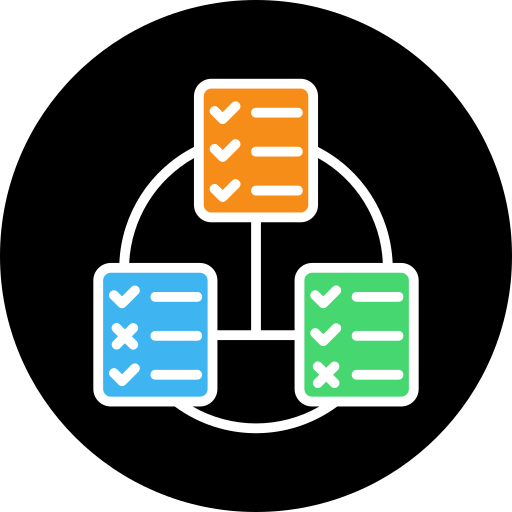
Artificial Intelligence (AI) is revolutionizing various sectors, and education is no exception. For parents and students in grades 1 to 10 in the USA, understanding how AI is reshaping online learning is essential. This article explores the current trends, benefits, challenges, and the future of AI in modern education.
Understanding AI in Education
AI refers to computer systems designed to perform tasks that typically require human intelligence, such as problem-solving, pattern recognition, and decision-making. In the educational context, AI encompasses tools and platforms that personalize learning experiences, automate administrative tasks, and provide intelligent tutoring.
The Rise of AI in Online Learning
The integration of AI into online education has accelerated in recent years. A report by EdTech Magazine highlighted that many educators are leveraging AI to update lesson plans and create teaching materials, enhancing productivity and personalized learning experiences.
- Personalized Learning Experiences
One of the most significant advantages of AI in education is its ability to tailor learning experiences to individual student needs. AI-powered platforms can analyze a student’s strengths and weaknesses, adapting content accordingly. For example, adaptive learning systems adjust the difficulty of exercises based on student performance, ensuring optimal challenge levels.
- Intelligent Tutoring Systems
AI-driven tutoring systems provide students with personalized assistance outside the traditional classroom setting. These systems can offer explanations, answer questions, and provide feedback in real-time. However, the implementation of AI tutors has been met with both optimism and skepticism. While they offer personalized instruction, concerns about overpromising and the potential to perpetuate educational inequities have been raised.
- Automating Administrative Tasks
For educators, AI can automate routine tasks such as grading assignments and managing schedules. This automation allows teachers to focus more on instruction and student engagement. As noted by the Stanford Report, AI assists in tasks like grading and lesson planning, freeing teachers to concentrate on more human-centric aspects of teaching.
Benefits of AI in Education
- Enhanced Engagement
Interactive AI tools can make learning more engaging for students. Gamified learning platforms, for instance, use AI to adapt challenges and rewards to maintain student interest and motivation.
- Accessibility
AI can make education more accessible to students with diverse needs. Speech recognition and natural language processing enable voice-activated assistants to aid students with visual impairments, while real-time translation tools help non-native speakers understand course material.
- Immediate Feedback
AI systems provide instant feedback, allowing students to understand mistakes and learn from them promptly. This immediate response fosters a more effective learning process compared to traditional methods where feedback might be delayed.
Challenges and Considerations
- Privacy and Data Security
The use of AI in education involves collecting and analyzing vast amounts of student data. Ensuring this data is handled securely and ethically is paramount to protect student privacy.
- Equity and Access
While AI has the potential to personalize education, there is a risk of widening the digital divide. Not all students have equal access to the necessary technology and internet connectivity, potentially leading to disparities in educational outcomes.
- Dependence on Technology
Over-reliance on AI tools may impact the development of critical thinking and problem-solving skills. It’s essential to balance technology use with traditional teaching methods to cultivate a well-rounded education.
The Future of AI in Education
Looking ahead, AI is poised to play an even more integral role in education. Innovations such as virtual reality classrooms, AI mentors, and advanced predictive analytics are on the horizon. These developments promise to further personalize learning and provide educators with deeper insights into student progress.
However, it’s crucial to approach these advancements thoughtfully. As highlighted by the U.S. Department of Education, integrating AI into teaching and learning requires careful consideration of ethical implications and a commitment to enhancing, not replacing, the human elements of education.
3iEducation: Embracing AI for Personalized Learning
At 3iEducation, we recognize the transformative potential of AI in education. Our online tutoring services for math and science cater to students in grades 1 to 10, utilizing AI-driven tools to personalize learning experiences. By analyzing individual student performance, we tailor our teaching methods to address specific strengths and areas for improvement, ensuring each child receives the support they need to excel.
Conclusion
AI is undeniably reshaping the educational landscape, offering opportunities for personalized learning, increased engagement, and streamlined administrative processes. For parents and students in the USA, staying informed about these changes is vital. While challenges exist, with thoughtful implementation and a focus on equity, AI can significantly enhance the learning experience. Institutions like 3iEducation are at the forefront of this evolution, harnessing AI to unlock each student’s full potential.







